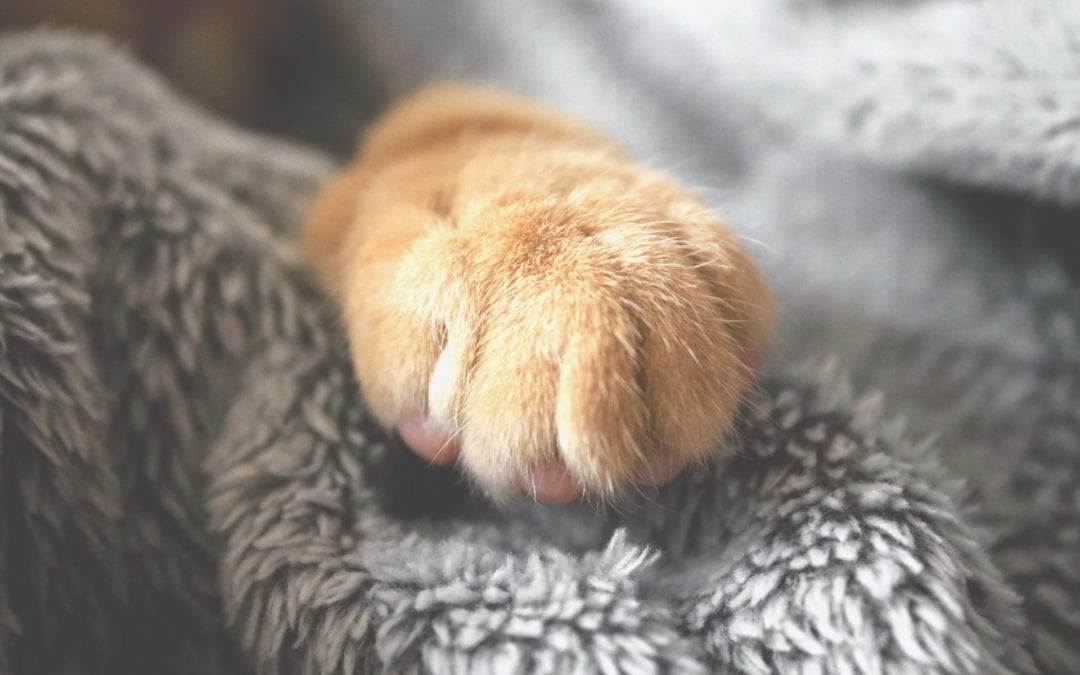There are many topics in life that can cause disagreement amongst pet owners, and declawing of our feline companions ranks amongst the top. Science and thus medical procedures performed changes as time evolves and as new information is gathered. As we have learned more about our feline companions and their natural drives and what it means to promote a great quality of life, the veterinary profession’s stance on feline non-therapeutic onychectomy (declawing) has evolved.
By definition, “declawing” is the amputating or removal of the third phalanx bone (distal toe) that the nail bed is attached to. The American Veterinary Medical Association considers declawing as an elective procedure and, like many veterinarians, encourages non-surgical options to the procedure. Some non-surgical options that should always be considered and tried prior to amputating the distal digits include nail trimmings every two weeks, applying nail caps, providing multiple scratching posts at home, applying scratching attractants, and even adding novel wood scratching sources from outside.
Here at Tekonsha Animal Hospital, we encourage learning about the natural scratching behavior of cats and seek alternatives to declawing and take very seriously and warn of the complications that can arise from the procedure. Inappropriate biting behavior has developed as the main complication from many cats that have undergone declawing, and there is always a risk of long-term nerve irritation/damage from the procedure itself due to the severing of the nerves at the ends of the digits. Currently, New York, California, and Florida are a few states that have banned declawing, but many other cities have begun to ban declawing as well. Knowing the seriousness of this permanent procedure and the potential long-term complications– discussion between your veterinarian and care team should always occur prior to finalizing a decision to declaw.

